- 90% Of U.S. Homes Have Air Conditioning
- Air Conditioning Has Morphed From A Luxury To A Basic Amenity
- The Sun Belt To Snow Belt Migration Pattern Has Already Begun
Back in 1983, I was a year out of college when I bought my first “new” car that I couldn’t afford, a 5-speed Toyota Celica GT. I went big and selected air conditioning as an option. It felt like an extravagant luxury for someone living in a tiny apartment in suburban Chicago. When I first pressed that AC button, the engine groaned under the strain. Fast forward to today, air conditioning is now so ubiquitous no cars made in the U.S. come without it. What does car air conditioning have to do with housing? Air conditioning for the home has transitioned from a luxury to a basic amenity as well.
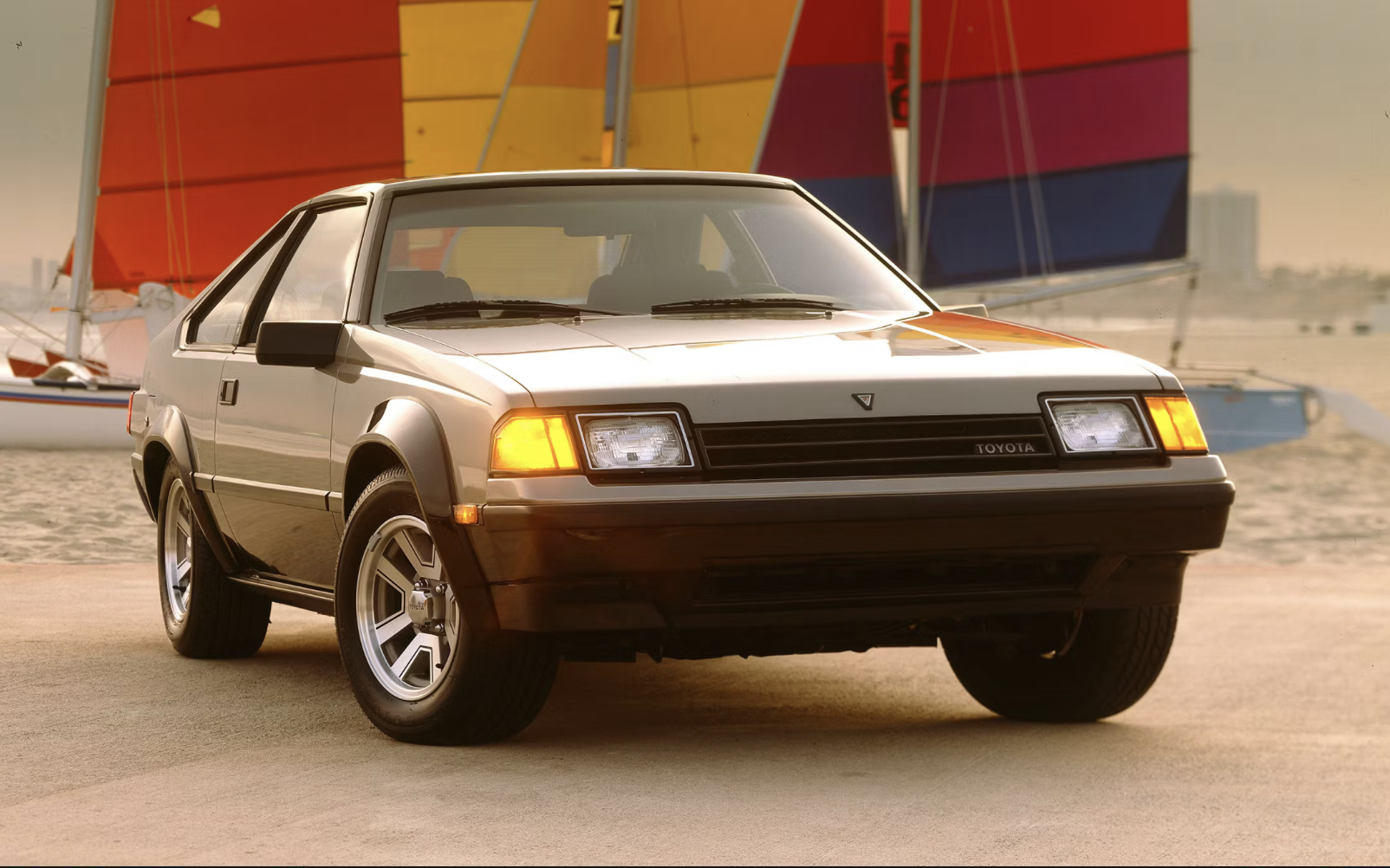
The title of the recent New York Times piece I linked to above says it all: How Air-Conditioning Made Us Expect Arizona to Feel the Same as Maine. As a kid growing up in DC Metro during the summer, I remember wondering what it would be like growing up in much hotter states like Texas and Florida.
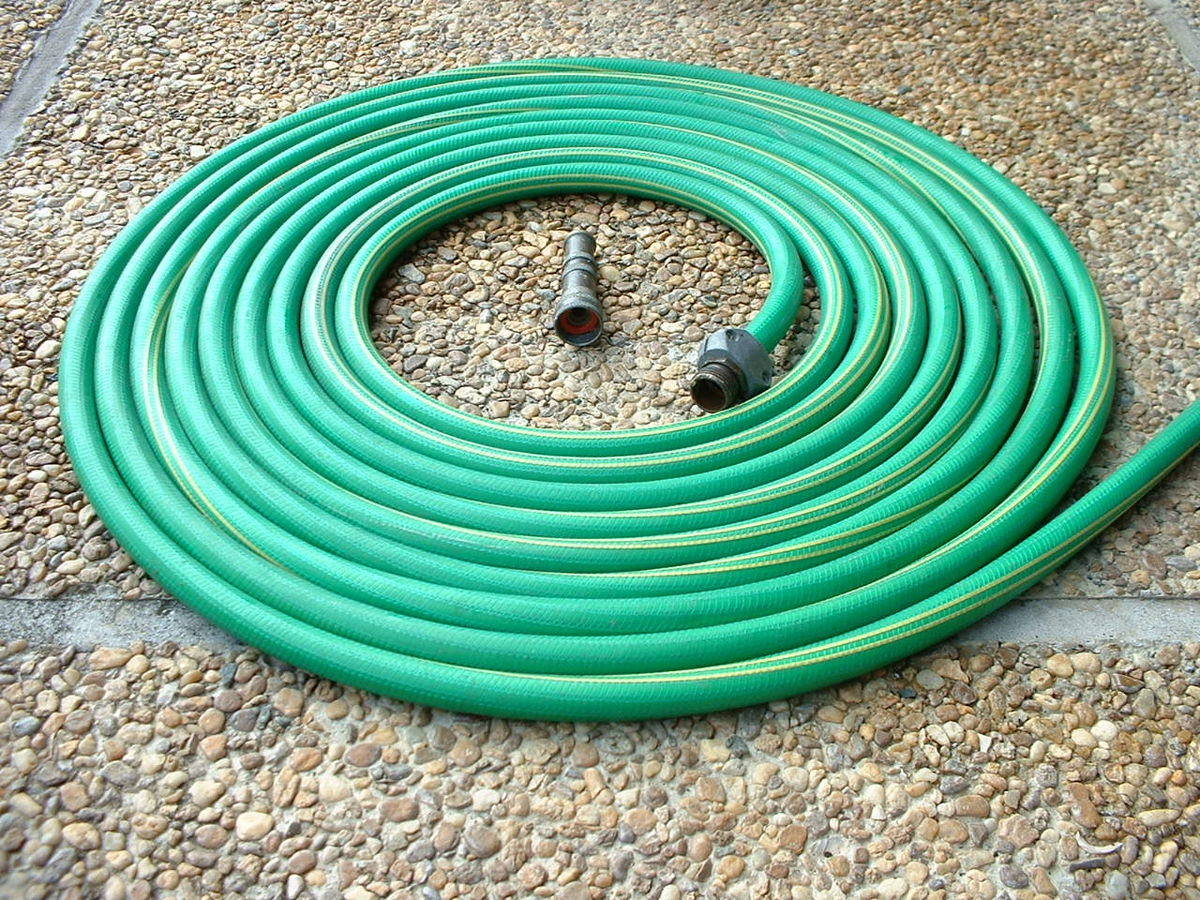
I lived on glorious hose water, but the blasting of the sun in those southern locations would have been much more challenging to handle, even with lots of water. Apparently, that’s not a thing anymore. I’ve been told by my friends and colleagues who live there that teen life was more about going from air-conditioned homes to air-conditioned cars to air-conditioned malls to air-conditioned restaurants to air-conditioned cars to air-conditioned homes during periods of peak heat. I realize I am showing my naivete by not considering people who couldn’t afford air conditioning. But like many things manufactured, costs have come way down (and the environmental damage has gone up). A huge flat-screen TV used to cost 10 thousand dollars or more. Now, you can pick one up for less than $500. The same goes for air conditioning. As their cost and efficiency have improved, coverage has expanded.
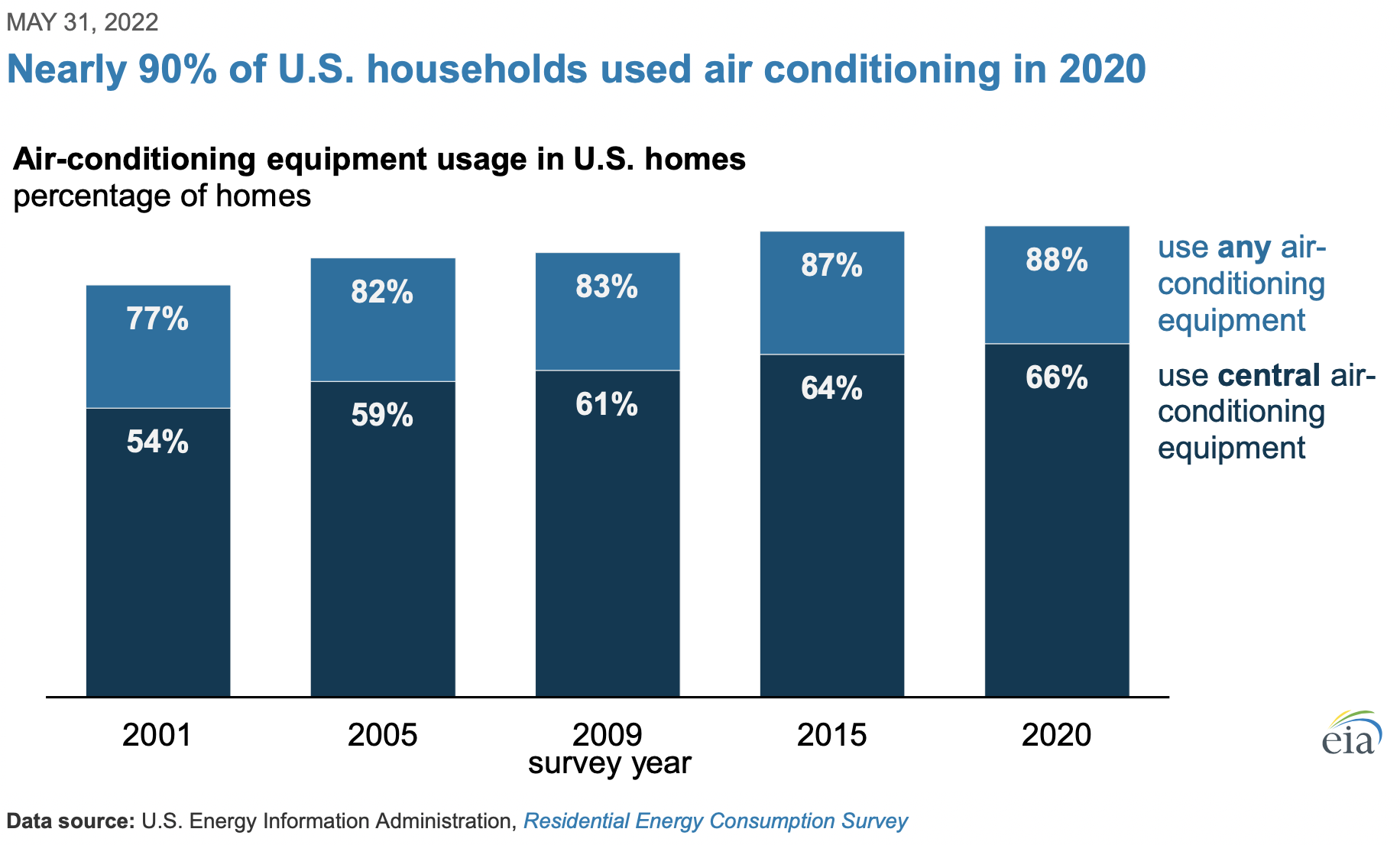
Roughly 90% of homes in the U.S. have air conditioning. For homes built before 1950, 83% have air conditioning, and for those built after 1950, the number is 93%. I’ll bet the number of homes built in the past few years is much closer to 100%. In property valuation, the impact of the absence of air conditioning is primarily the cost of its installation. On a past trip to San Diego, I was surprised to learn that a lot of houses there do not have air conditioning because of the temperate weather, but that seems to be a regional exception. Rising global temperatures will likely increase our dependency on the air conditioning amenity in housing.
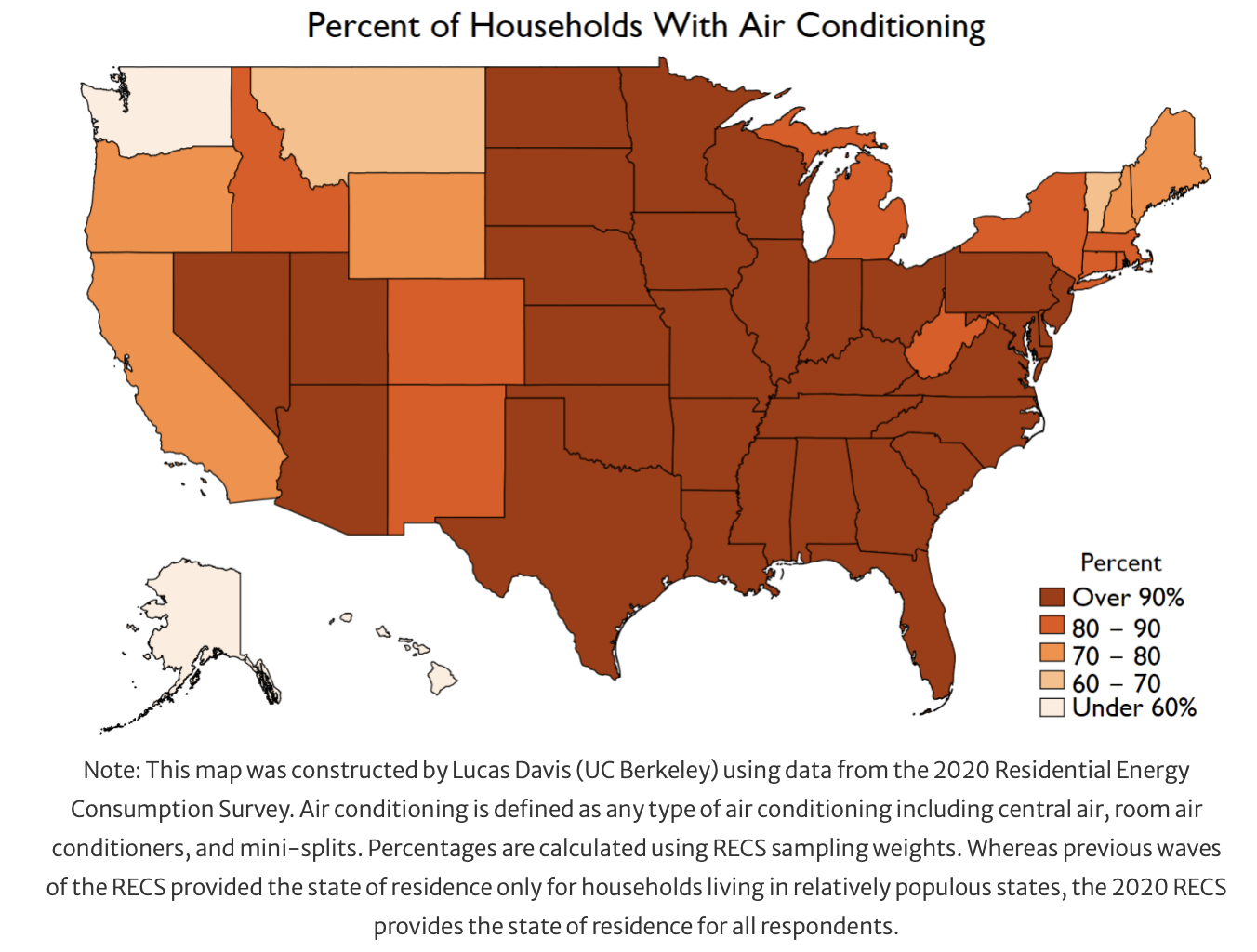
There are clear regional patterns for home air conditioning:
“These data imply that nationwide there are 14 million households without air conditioning. Of these, 3.7 million are in California. No other state comes close in terms of the total number of households without air conditioning, so the state is likely to be particularly sensitive to health impacts from temperature spikes, and is a state where we are likely to see rapid increases in air conditioning in the coming years.” However, we will also see a surge in passively cooled homes – after all, the Romans did it.
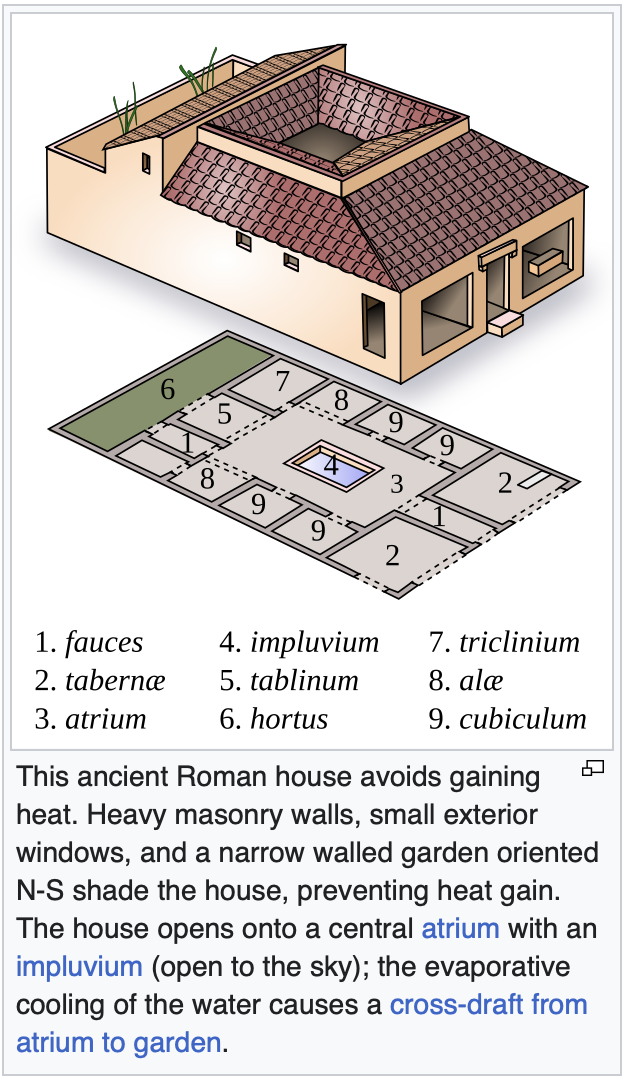
As I wrote a few weeks ago, migration patterns due to climate change are already changing, and in the next few decades, we will probably see the sun belt to snow belt pattern expand. It’s already happening with the elderly.
In the meantime, despite what my kids always say, let’s NOT chillax.
Did you miss yesterday’s Housing Notes?
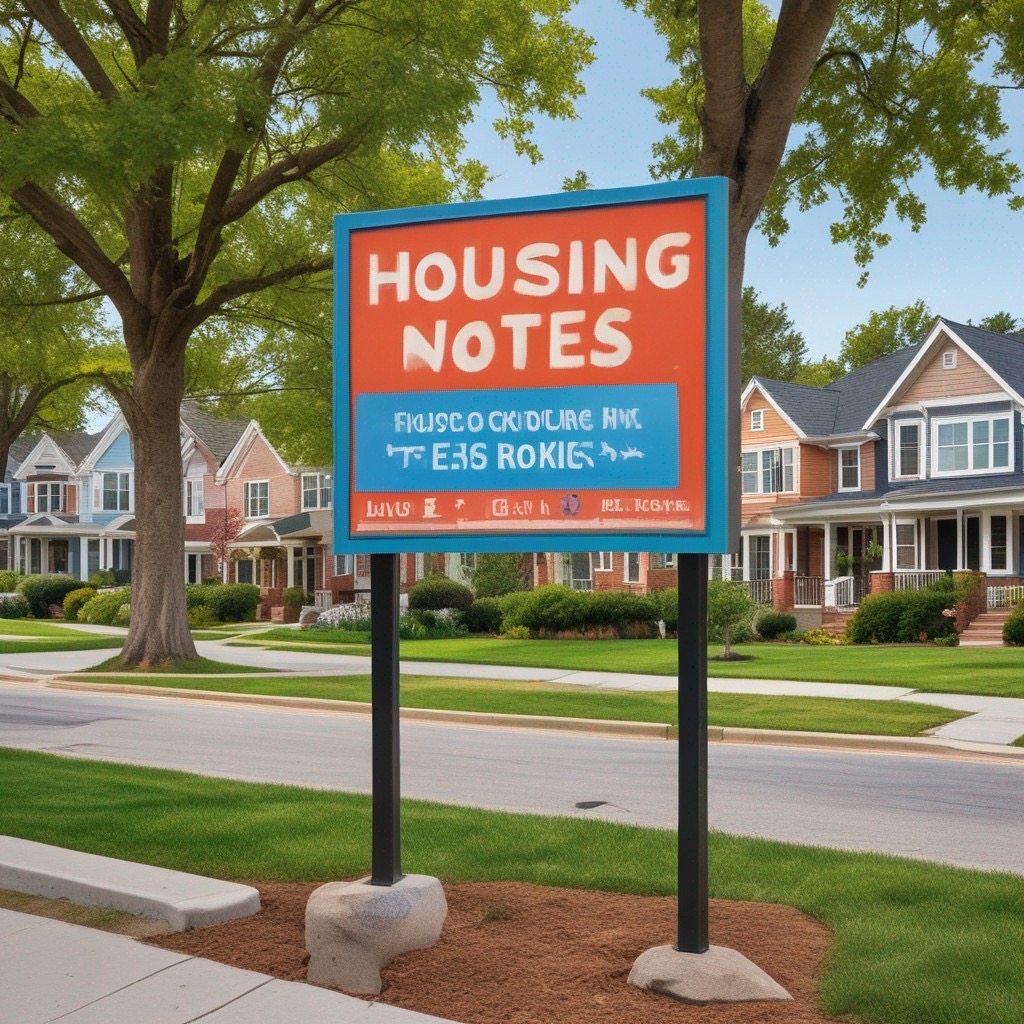
August 20, 2024
As We Consider Confidence Versus Sentiment, Remember That Swearing Lengthens Our Lifespan
Image: Chat & Ask AI
Housing Notes Reads
- Air conditioners fuel the climate crisis. Can nature help? [UNEP]
- Nearly 90% of U.S. households used air conditioning in 2020 – U.S. Energy Information Administration (EIA)
- How Air-Conditioning Made Us Expect Arizona to Feel the Same as Maine [NY Times]
- How Many U.S. Households Don’t Have Air Conditioning? [Energy Institute at HAAS]



![[Podcast] Episode 4: What It Means With Jonathan Miller](https://millersamuel.com/files/2025/04/WhatItMeans.jpeg)